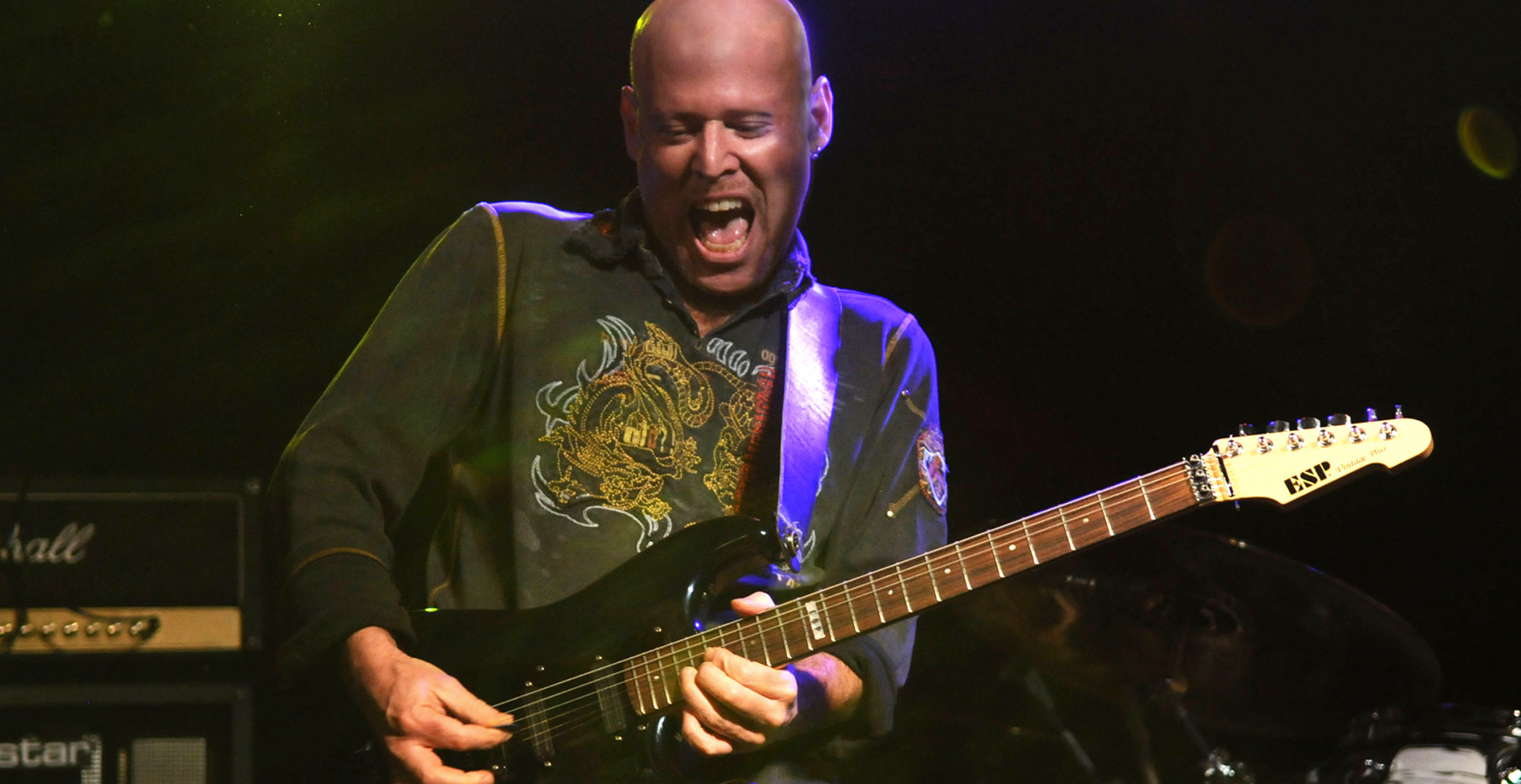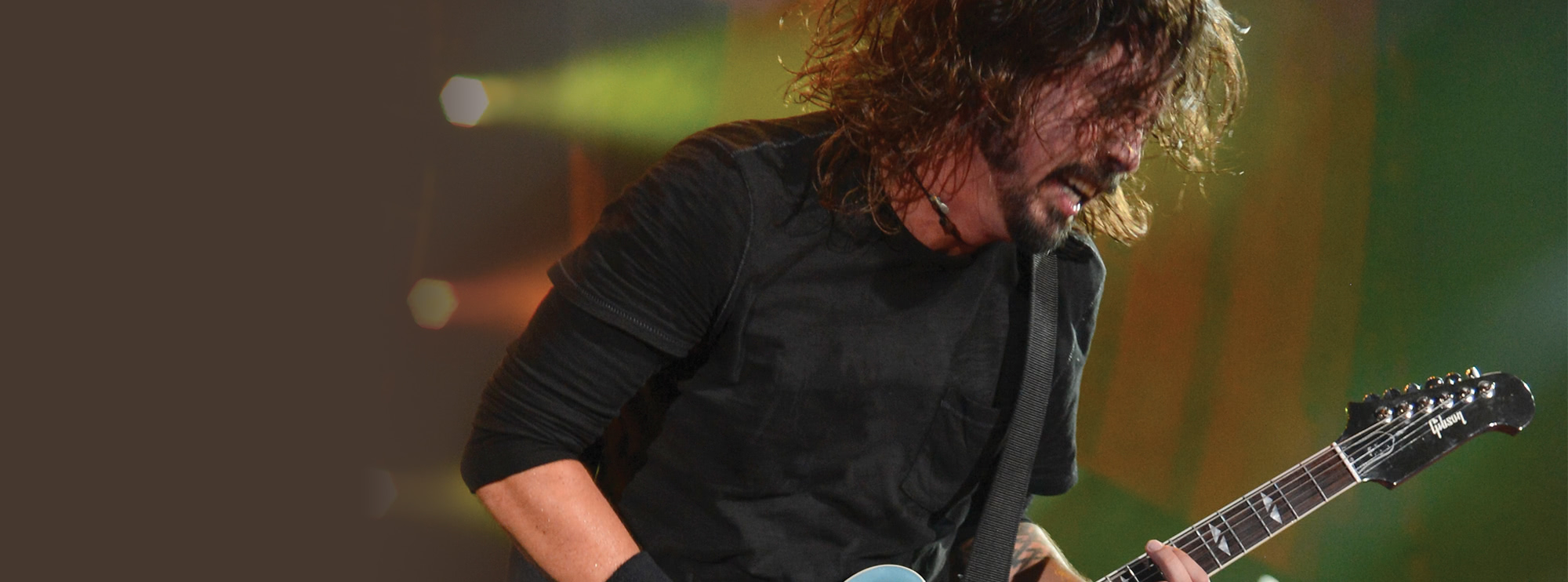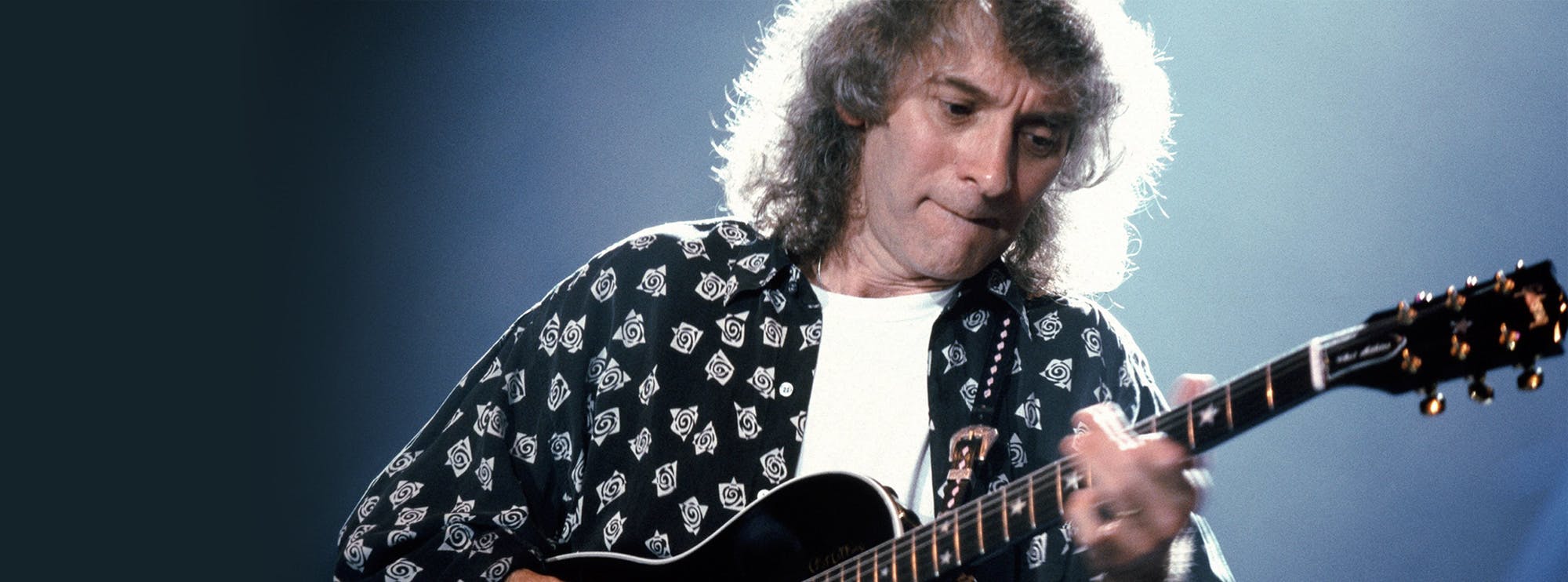Electric Ladyland: A Guitarist's Perspective
Electric Ladyland is the third and final studio album by the Jimi Hendrix Experience, released in 1968. This double LP is considered one of the greatest rock albums of all time, showcasing the legendary guitarist's innovative playing and songwriting prowess. The album found him taking his funk and psychedelic sounds to the absolute limit. The result was not only one of the best rock albums of the era, but also arguably the best studio album the Jimi Hendrix Experience produced in their brief career together.
In this Licklibrary video guitar lesson course, Danny Gill walks you through the many highlights of each song from this classic album, including Jimi’s only UK No. 1 single, “Voodoo Child (Slight Return)” plus the timeless tracks “Crosstown Traffic” and “All Along the Watchtower.” In this article, we will delve into the details of each song, the guitar scales used, a guitar solo analysis, and explore the profound impact of Jimi Hendrix, the lead guitarist, on this groundbreaking album.
Track-by-Track Analysis
1. ...And the Gods Made Love
This experimental and psychedelic intro utilises feedback, studio effects, and unique chord progressions to create an otherworldly atmosphere. It sets the stage for the rest of the album, inviting the listener into Hendrix's creative world.
2. Have You Ever Been (To Electric Ladyland)
The title track, "Have You Ever Been (To Electric Ladyland)," features a smooth, soulful melody with a laid-back feel. The song is played in the key of E major, and Hendrix employs double-stops and slides to create a lush, captivating soundscape.
3. Crosstown Traffic
"Crosstown Traffic" is an upbeat, energetic rock song that features some of Hendrix's most inventive guitar work. Played in the key of E major, the song showcases Hendrix's alternate picking and use of double-stop bends for a funky, rhythmic feel.
4. Voodoo Chile
This 15-minute blues epic is a masterclass in guitar technique and improvisation. Hendrix plays in the key of E minor and utilizes the E minor pentatonic scale throughout the track. Techniques such as vibrato, string bending, trills, and pinched harmonics can be heard throughout this tour de force.
5. Little Miss Strange
"Little Miss Strange" is a psychedelic pop tune featuring a catchy melody and an unusual chord progression. Played in the key of A major, the song showcases Hendrix's use of syncopated rhythms and arpeggiated chord progressions.
6. Long Hot Summer Night
"Long Hot Summer Night" is a bluesy rock track in the key of G major. Hendrix employs various techniques, such as slides, hammer-ons, and pull-offs to create a dynamic and engaging sound.
7. Come On (Let the Good Times Roll)
This cover of Earl King's "Come On" showcases Hendrix's ability to reinterpret classic blues songs with his unique style. Played in the key of E major, Hendrix uses unison bends and open-string riffs to create a driving, energetic feel throughout the track.
8. Gypsy Eyes
"Gypsy Eyes" is a psychedelic rock track that features complex guitar work and intriguing chord progressions. Played in the key of C# minor, Hendrix uses techniques like double-stops, octave melodies, and galloping rhythms to create a rich, immersive soundscape.
9. Burning of the Midnight Lamp
"Burning of the Midnight Lamp" is a haunting ballad that showcases Hendrix's use of the wah-wah pedal and intricate fingerpicking. The song is played in the key of E♭ major, and Hendrix employs finger-picking and sustain to create a powerful, emotive atmosphere.
10. Rainy Day, Dream Away
"Rainy Day, Dream Away" is a laid-back, jazzy track that features a prominent organ part and a relaxed guitar groove. The song is played in the key of C major, and Hendrix demonstrates his versatility by using chord progressions and syncopated rhythms to create a smooth, engaging sound.
11. 1983... (A Merman I Should Turn to Be)
This epic, 13-minute track is a psychedelic journey that showcases Hendrix's visionary songwriting and innovative guitar techniques. The song is played in the key of D major and features extensive use of harmonics, tremolo picking, and whammy bar tricks to create a mesmerizing soundscape.
12. Moon, Turn the Tides... Gently Gently Away
This atmospheric interlude serves as a bridge between "1983..." and "Still Raining, Still Dreaming," featuring various guitar effects and studio manipulations that create a dreamy, immersive ambiance.
13. Still Raining, Still Dreaming
"Still Raining, Still Dreaming" picks up where "Rainy Day, Dream Away" left off, with Hendrix delivering more of his laid-back, jazzy guitar playing. The song is played in the key of C major and features legato techniques and travis picking to create a smooth, flowing sound.
14. House Burning Down
"House Burning Down" is a powerful rock track that showcases Hendrix's aggressive, fiery guitar playing. The song is played in the key of E major and features power chords, palm muting, and pick slides to create a high-energy, driving sound.
15. All Along the Watchtower
This iconic cover of Bob Dylan's "All Along the Watchtower" is arguably one of Hendrix's most famous recordings. Played in the key of C# minor, the song features a masterful blend of rhythm and lead guitar work that has become synonymous with Hendrix's style. He employs techniques such as double-stops, slides, string bending, and hammer-ons to create a rich, dynamic sound. The solos in this song are a testament to Hendrix's improvisational genius and skillful use of the C# minor pentatonic scale.
16. Voodoo Child (Slight Return)
"Voodoo Child (Slight Return)" serves as the album's powerful finale and is one of Hendrix's most recognisable songs. Played in the key of E minor, this track is a showcase of Hendrix's unparalleled mastery of the guitar. The song is driven by a heavy, riff-based foundation that incorporates power chords and palm muting, while the solos and fills feature techniques such as unison bends, trills, dive-bombs, and tapped harmonics. The iconic wah-wah pedal is used extensively throughout the track, adding another layer of expression to Hendrix's playing.
Jimi Hendrix: The Lead Guitarist and His Contributions
Jimi Hendrix is widely regarded as one of the most influential guitarists in the history of rock music. His innovative approach to the instrument, mastery of various techniques, and groundbreaking use of effects helped to redefine the role of the guitar in popular music. On "Electric Ladyland," Hendrix's contributions as the lead guitarist are invaluable, as he seamlessly blends his virtuosic playing with his unique songwriting vision.
In addition to his technical prowess, Hendrix's innovative use of guitar effects, such as the wah-wah pedal, fuzz, and various types of modulation, further expanded the sonic possibilities of the instrument. His creative approach to songwriting and arrangement, often incorporating elements of psychedelia, blues, and rock, played a pivotal role in shaping the sound of "Electric Ladyland" and his enduring legacy as a musician.
Conclusion
"Electric Ladyland" is a testament to the genius of Jimi Hendrix as a guitarist, songwriter, and innovator. Each track on the album showcases Hendrix's unique ability to blend his masterful guitar technique with his visionary songwriting, resulting in a timeless work of art. From the soulful melodies of "Have You Ever Been (To Electric Ladyland)" to the aggressive, powerful riffs of "Voodoo Child (Slight Return)," this album is a must-listen for any guitarist seeking to understand and appreciate the artistry of Jimi Hendrix.
Throughout the album, Hendrix employs a wide range of guitar techniques, including:
- Alternate picking
- Legato
- Tapped harmonics
- Double-stop bends
- Unison bends
- Pinched harmonics
- Trills
- Tremolo picking
- Chord progressions
- Arpeggios
- Dive-bombs
- Harmonics
- Pull-offs
- Power chords
- Palm muting
- Barre chords
- Finger-picking
- Hybrid picking
- Pre-bends
- Hammer-ons
- Double-stops
- Slides
- Travis picking
- Sustain
- Pick slides
- String bending
- Syncopated rhythms
- Open-string riffs
- Whammy bar tricks
- Bluesy bends
- Octave melodies
- Galloping rhythms
- Dual-guitar harmonies
- Arpeggiated chord progressions
- Chromaticism
- Altered tunings
- Vibrato
- Rakes
- Finger Picking
These are the primary techniques and some additional ones that Jimi Hendrix used throughout the "Electric Ladyland" album. Hendrix's innovative approach and skillful application of these techniques contributed to the unique sound and enduring legacy of this groundbreaking album.

About The Tutor
Tutor Profile
Danny Gill
Danny Gill is, without a doubt, the most loved tutor by our community. With an incredible array of DVDs and web lessons for LickLibrary covering a wide variety of topics all of which he covers with incredible detail, it's no wonder he carries as much respect as he does. As...



